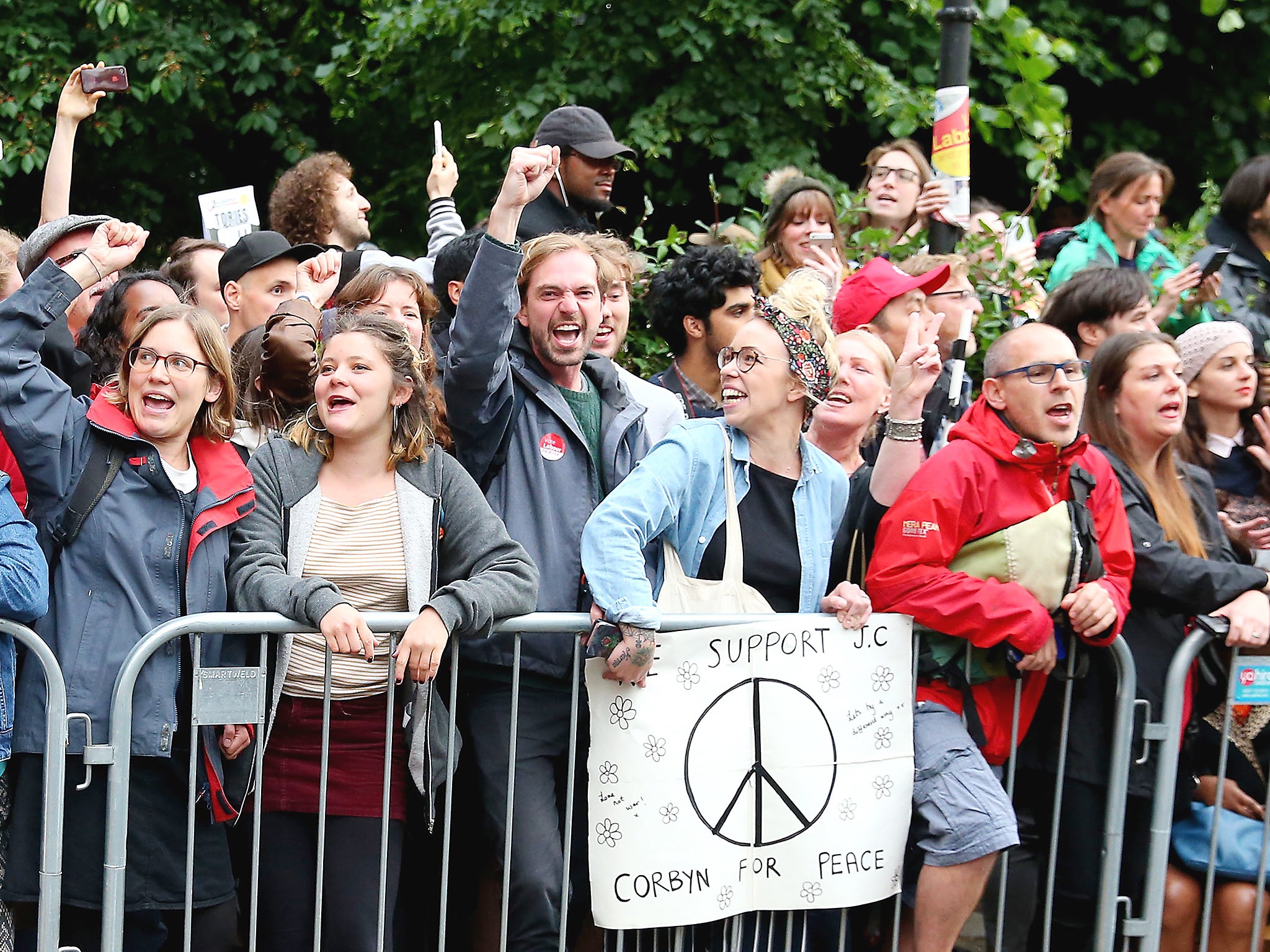Are we heading for another youthquake in this election?
Analysis: Sean O'Grady looks at how likely the rise in voter registration among young people is to affect the general election’s outcome


Will 2019 be the year (at last) of the youthquake? And, if it is, does that mean Labour would win its first general election since 2005?
Certainly the surge in last-minute voter registration looks an impressive one. Some 3.2 million people have registered to vote since the election was called on 29 October. Of these, about two-thirds were by people aged 34 or under, and of those around 1.15 million were by the under-25s. The number of under-25s registered to vote at the same point in the 2017 general election was 715,000. So the figure is significantly higher now, by about 60 per cent, driven by greater awareness and the relative ease of online registration. Online registration greatly outnumbers paper applications now.
The key psephological fact is of course that the younger the voter, the more likely they are to support Labour (and Remain), and the less likely to back the Conservatives and the Brexit Party (and Leave). The obvious hope on the left is that this army of young voters will make an important difference at this election.
However, that would require the young to turn out on polling day, and it would help whichever party they would like to support if they used their vote in the most intelligent, tactical manner. Thus, students can legally register in two constituencies provided they only vote in one. If they are lucky enough to be able to do so in a marginal, then their vote will that bit more powerful. This may not be widely understood.
It is also a fact that various other supposed “youthquakes” along the years – such as the Cleggmania phenomenon in 2010 and the Corbynista surge in 2017 – turned out to have a much smaller impact than hoped. Young voters are still less likely to vote than their parents and grandparents, a seemingly immutable fact.
There is also the possibility that there is a gross overstatement of the reality of voter registration. This is because in the past as many as three in 10 such applications were duplicates – for whatever reason. In 2017, for example, 36.9 per cent of “new” registrations were simply duplicates, confirming an existing entry on an electoral register, and obviously politically useless.
Labour was more popular among young people than old people in 2017 and its share of the youth vote did increase. The turnout at the 2017 election among the young was also higher than it was in the 2015 general election – but not that much, at a 2.5 percentage-point estimated boost, according to the British Election Study. Some of those, of course, will be voting Liberal Democrat, Green, SNP, and Brexit Party and so on, as well as Labour in any case.
So even if the youthquake does indeed transpire, a Conservative lead over Labour of around 10 percentage points is not going to be overcome by a new determination among those in their late teens and twenties registering and voting. On the whole, older voters tend to be a more reliable political base.
Join our commenting forum
Join thought-provoking conversations, follow other Independent readers and see their replies
Comments